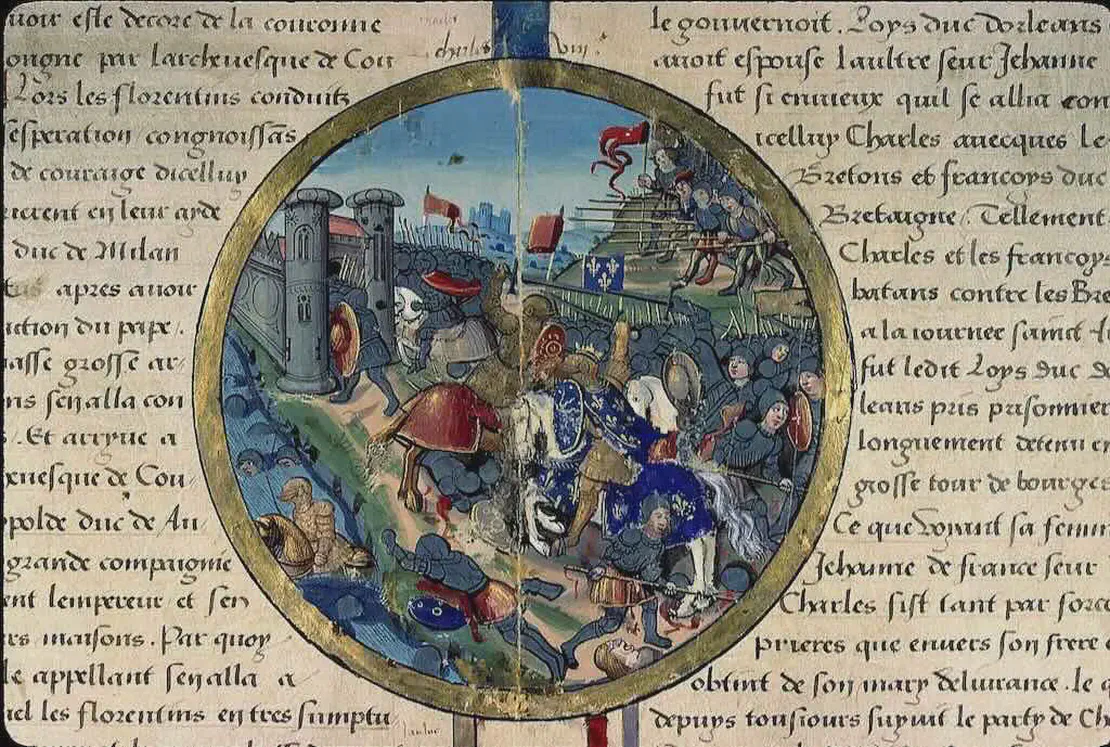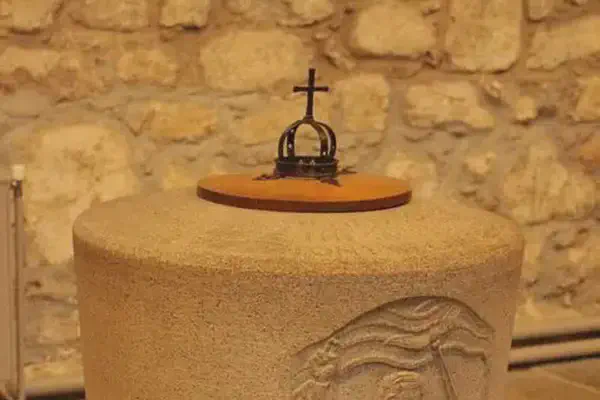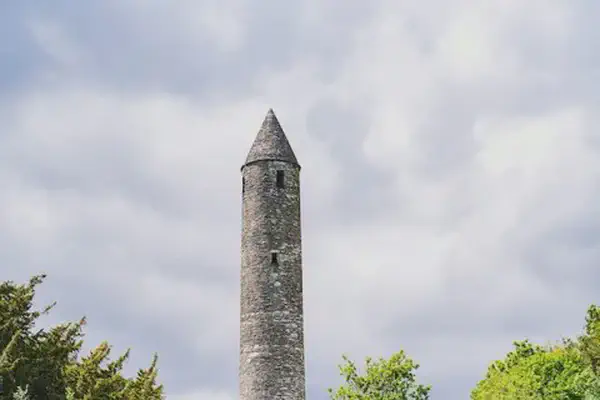On July 29, 1488 in Celtic History
Breton army of fransex ii is defeated at battle of saint aubin du cormier

The Battle of Saint-Aubin-du-Cormier took place on 28 July 1488, between the forces of King Charles VIII of France, and those of Francis II, Duke of Brittany, and his allies. The defeat of the latter signalled the end to the “guerre folle” (‘Mad war’), a feudal conflict in which French aristocrats revolted against royal power during the regency of Anne de Beaujeu. It also effectively precipitated the end of the independence of Brittany from France
The battle
The Breton commander de Rieux positioned his forces on a ridge around a mile to the south of Mézières-sur-Couesnon. French forces arrived at the field in disparate groups, with no idea that the Bretons were so close. The Bretons initially had the advantage that the French were fragmented and not arrayed in battle order. Lord Scales and de Rieux were in favour of a rapid attack on the French before they could manoeuvre into effective battle order, but d’Albret insisted on redeploying his troops. As a result, de la Trémoille had time to place his army in a defensive formation. The Breton vanguard under Lord Scales then led the attack in an arrow-head formation.
According to Jean Molinet, “the English archers showed great courage, for each of the opposing parties fought for victory.” Scales himself was apparently killed at some point in this stage of the battle. Nevertheless, the French were forced to pull back, giving the archers a chance to attack the French lines, causing panic, which was stemmed by the French commanders.
Meanwhile, the Breton centre under d’Albret was moving forward, having been suffering significant casualties from the powerful French artillery in its static position. The redeployment caused a gap to open in the Breton lines. Jacques Galliota, an Italian captain in the French army, immediately asked permission from Trémoille to exploit the opportunity. Trémoille agreed, and Galliota led a cavalry attack on the weakened position. Galliota himself was killed, but the Italians opened a gap through which the cavalry passed. D’Albret and de Rieux failed to deploy their own cavalry in time to stem the gap, and Trémoille quickly sent in more French troops.
At the same time there was a massive explosion in one of the magazines behind the Breton lines, probably caused by stray shot. Panic ran through the Breton army, leading to a rout of their forces.
Related Content

Shane Patrick Lysaght MacGowan, lead singer of the Pogues, died

St Machar Day, patron saint of Aberdeen

Oíche Shamhna - Cetlic New Year Eve (Halloween)

ALBAN ELFED (Welsh Bardic name for autumn equinox)

Feast day of St. James

John Davie Burgess, King of the Highland Pipers, died at age 71.